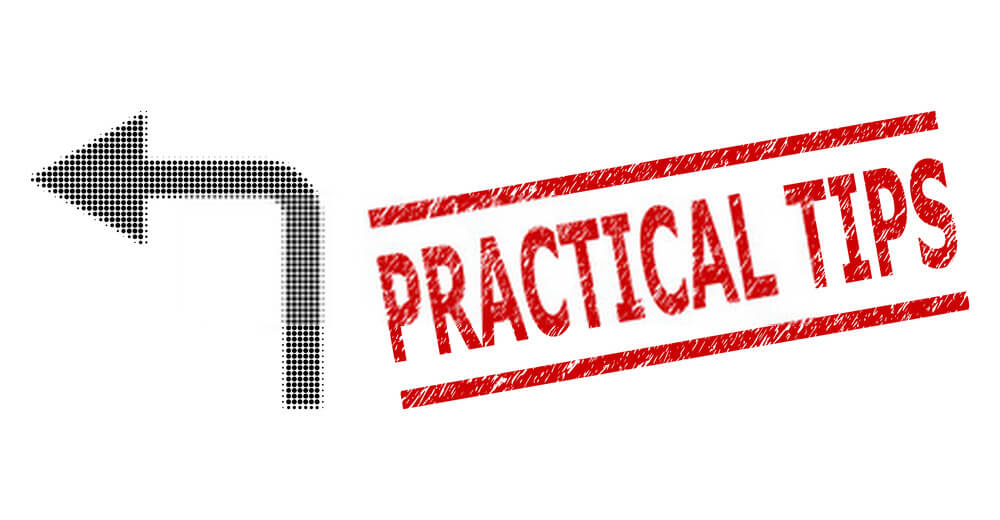Embroidery cannot always be limited to simple designs, involving two or three colors in Max. In fact, the embroidery design should be able to provide as much energy and “wow” attractive print design as possible. As designers boldly with their trademarks and imagination, embroidery machines also need to explore to be able to stay in this creative wave. Individual customers or multinational giants, everyone needs a little spirit and a different design. Handsome boys QQ avatars which bring amazing works. The tones of the embroidery digitizer are mixed together on the table with many gorgeous effects. Think that the vibrant wings, leaves, sunset and the entire landscape need to be recreated in embroidery to create a timeless appeal to the end-user. This makes it even more important for modern digitizers to master the skills that can help him/her provide spectacular designs.
In order to master the hybrid design embroidery machine, we put together the following practical skills that can be used and easy to bring professional results:
The foundation
Every professional embroidery digitizer understands the importance of a substrate in digitization. After all, a detailed foundation is the creation of the secrets and power behind the food. This is why the shape of laying down the substrate is the first and most important step to the success of the hybrid design. You can choose to put down a manual or automatic tilt tracking contour design combined with the lattice depending on the design. However, make the backing go the opposite direction of the upper thread, let it penetrate the design in a different way, and protect the fabric.
level one
Pick the most prominent color in the design and keep the fill in the first layer slightly larger than the substrate. It is best to put one. The 2-inch illustration is maintained at a 45-90 degree angle with the outline and lattice substrate and needle. The digital needle moves down 55-70 density spi.
Add mix
Now it is time to add the details of the mixed layer before the cover stitch. We recommend to maintain a mixing density between 15 and 20 spi, and do not use any substrate as the basis already set.
Detail layer
The final design-digitally add this layer of definition to the shape, adding the required details, and also masking any loose fills left by the previous end. You can digitize this unique layer including running stitches or even satin stitches. At the same time, because this will be the last one in your design and definition layer, we recommend keeping the highest density around 55-70 spi.
Just take these steps, and you will work with seamlessly layered beautiful hybrid designs, and even win the honor of amateur embroidery digitizers. However, do improvisation and adjustments on it at any time to suit your design.

